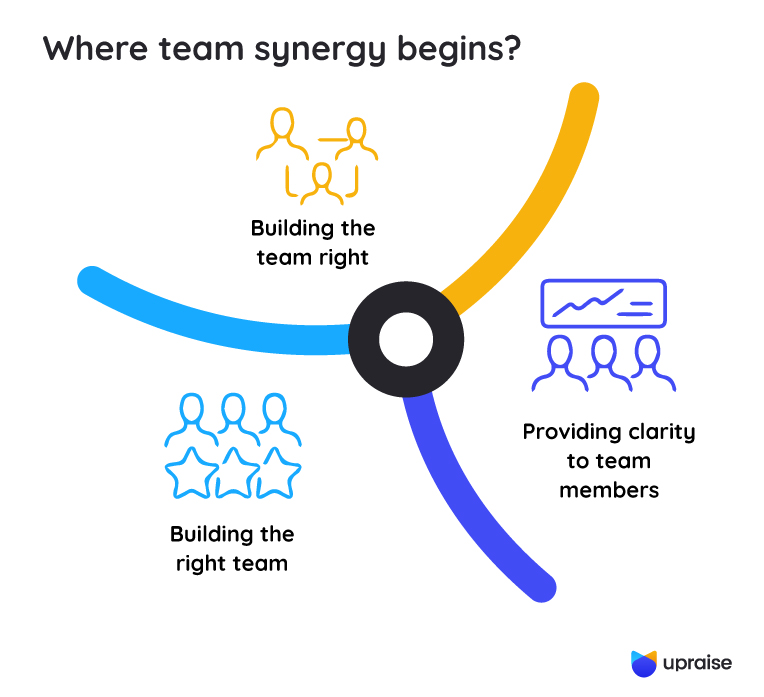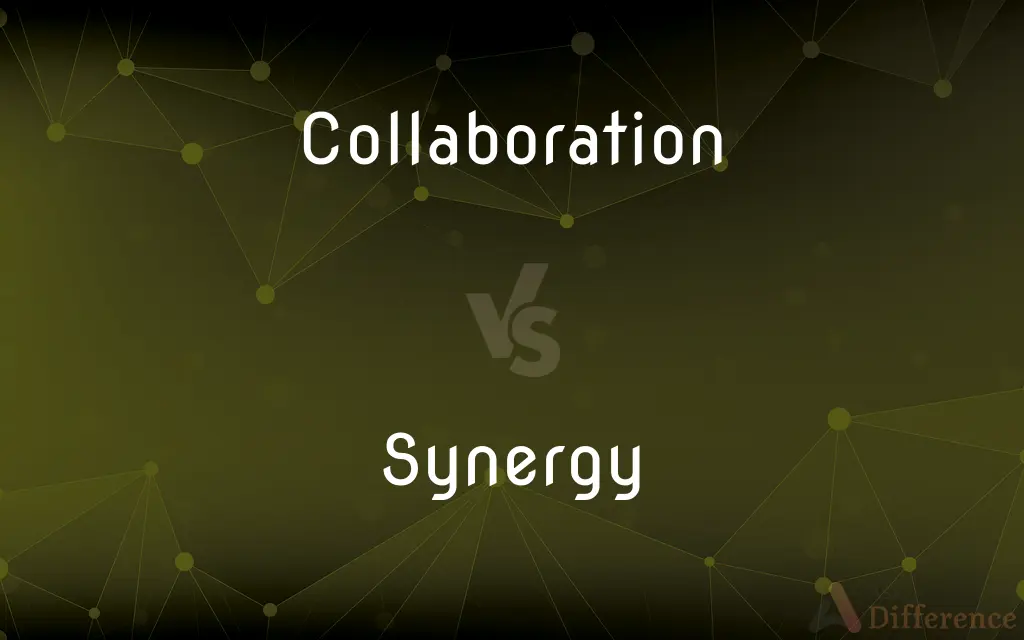In A Collaborative Business Environment Synergy Refers To The
Corporate confusion erupts as a widespread misunderstanding of 'synergy' plagues collaborative business environments, impacting project outcomes and team cohesion. Experts warn that the misuse of this critical concept is leading to inefficiency and diluted strategic objectives.
The term synergy, intended to represent a collaborative advantage, is now frequently misconstrued, causing significant operational hurdles across industries. This misunderstanding affects teamwork, project management, and overall strategic planning.
The Core Misunderstanding
Synergy, in its truest sense, describes the enhanced effect achieved when combined elements produce a greater outcome than the sum of their individual contributions. It's not just about working together; it's about creating something more.
However, a recent study by the Institute for Collaborative Innovation found that 67% of employees understand "synergy" to simply mean "working together." This misinterpretation misses the crucial element of enhanced output.
The study surveyed over 500 companies in various sectors, highlighting a significant gap between the intended meaning and the perceived understanding of synergy.
Impact on Business Operations
This semantic discrepancy is having tangible consequences. Project deadlines are missed, resources are wasted, and innovation is stifled due to inefficient collaboration.
According to Dr. Anya Sharma, a leading organizational psychologist at the University of California, Berkeley, "Teams mistakenly believe that simply being present in meetings and sharing information equates to synergy. They fail to actively seek opportunities for combined value creation."
One example is the failed merger of two tech startups, Innovate Solutions and TechForward. The companies anticipated significant synergy in their R&D departments, but a lack of shared goals and a misunderstanding of synergistic project management resulted in duplicated efforts and ultimately, the dissolution of the merger.
Root Causes of the Confusion
Several factors contribute to the widespread misunderstanding. A primary issue is a lack of clear communication and formal training on collaborative principles.
Many organizations assume that employees inherently understand the concept of synergy, leading to a void in explicit instruction and reinforcement. The overuse of buzzwords and jargon in corporate settings further obscures the term's meaning.
Furthermore, performance metrics often fail to adequately measure and reward synergistic behaviors. Emphasis is placed on individual contributions rather than collective achievements.
Expert Recommendations
Addressing this critical issue requires a multi-faceted approach. Experts recommend clear, consistent communication, targeted training, and revised performance evaluation systems.
Professor Kenji Tanaka, a business strategy consultant, suggests that companies should "redefine synergy within their specific context, providing practical examples and case studies to illustrate its meaning and application."
Training programs should focus on fostering a culture of shared goals, open communication, and a proactive search for opportunities to leverage combined strengths. It's crucial to move beyond the superficial and cultivate a deeper understanding of collaborative value creation.
Moving Forward
The Institute for Collaborative Innovation is launching a national awareness campaign to promote a clearer understanding of synergy in the workplace. This campaign will include online resources, workshops, and training modules.
Companies are urged to assess their internal communication practices and invest in employee training to ensure a shared understanding of this vital concept. Failure to address this issue will continue to undermine collaborative efforts and hinder strategic growth.
The ongoing situation demands immediate attention from corporate leaders. A clear, unified understanding of synergy is critical for fostering successful collaboration and achieving strategic objectives. The next steps involve internal audits of communication strategies and renewed focus on synergistic project management implementation.

















